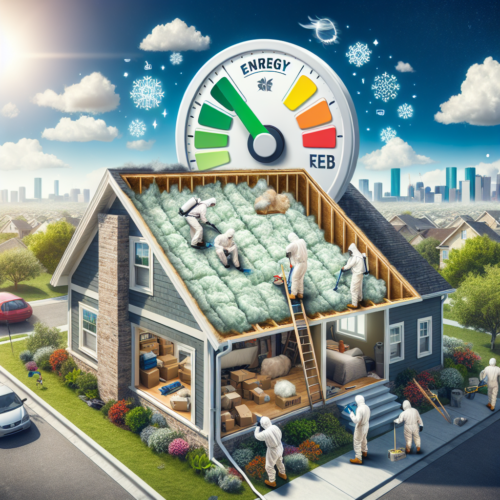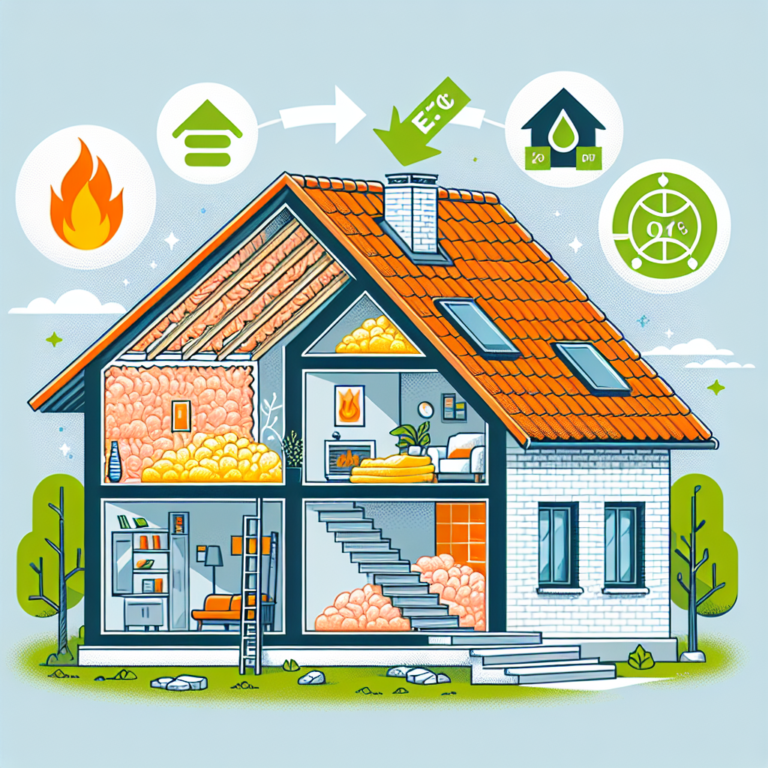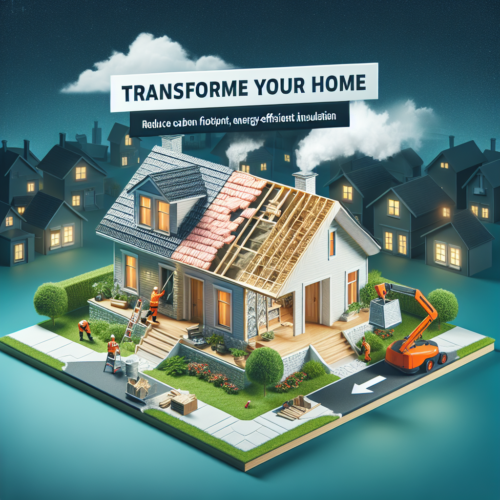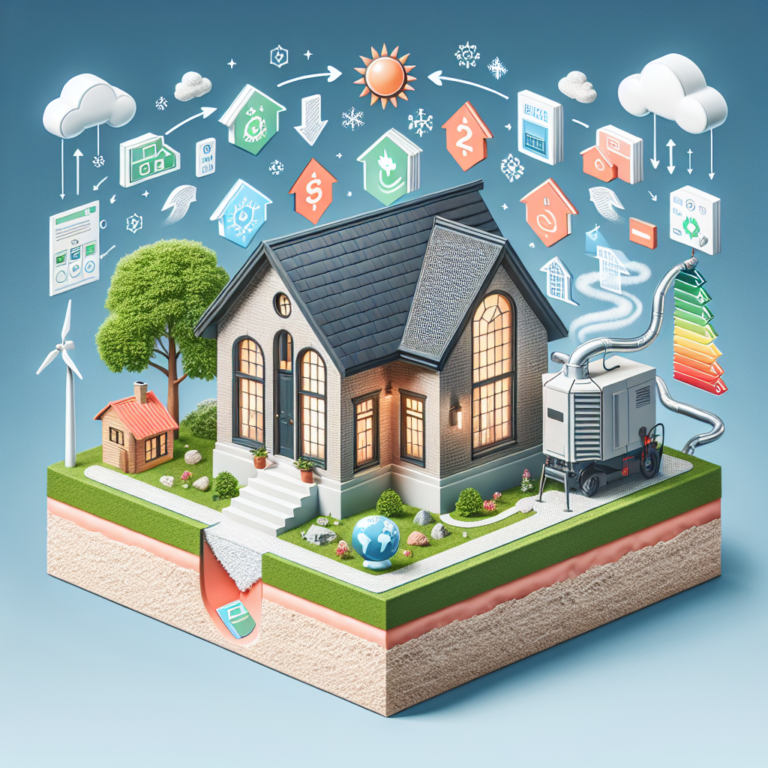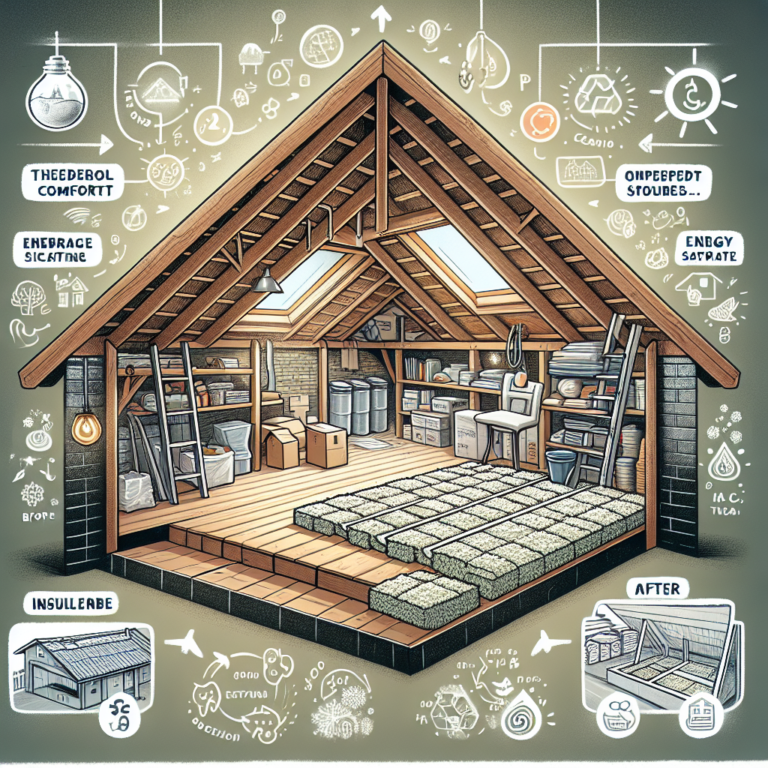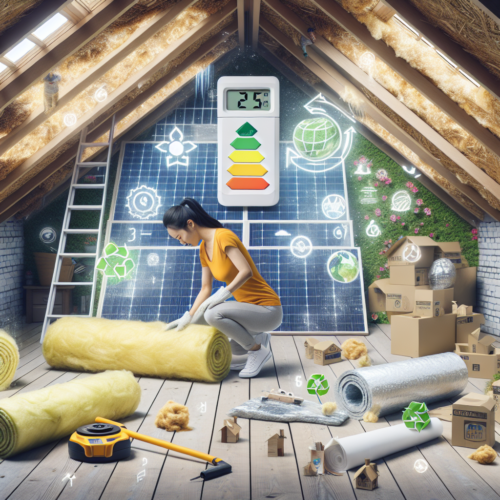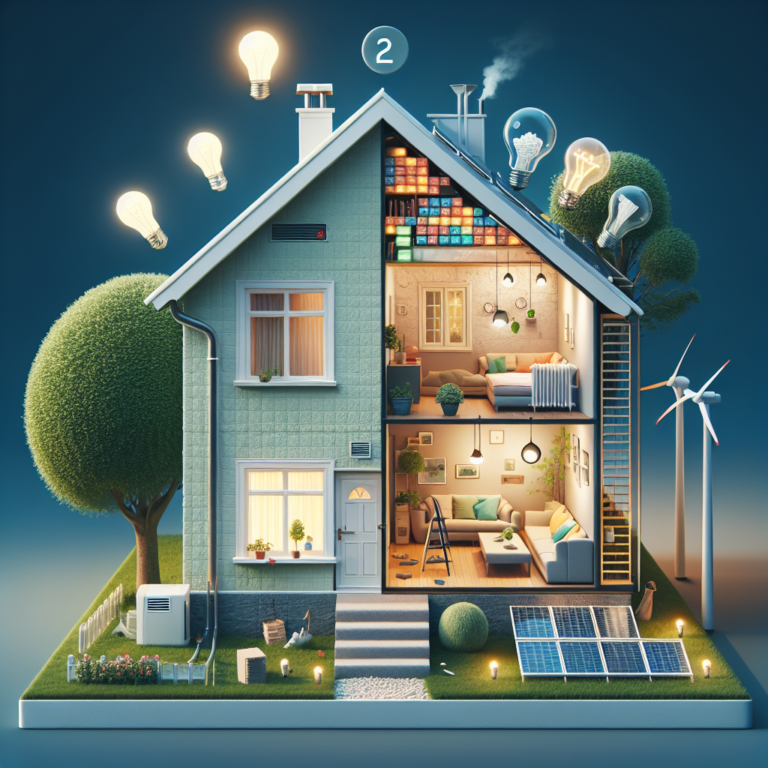Say Goodbye to Pests: How Attic Insulation Reduces Your Carbon Footprint and Boosts Energy Efficiency
Introduction
Attic insulation does more than keep your home cozy—it forms a powerful defense against pests while shrinking your carbon footprint and cutting energy costs. From sealing entry points to stabilizing indoor temperatures, the right insulation transforms your attic into a pest-resistant, energy-efficient stronghold. In this article, we’ll explore how attic insulation can safeguard your home, protect the planet, and lower utility bills—all at once.
H2: The Importance of Attic Insulation in Pest Prevention
Attics often become unwelcome hideouts for rodents, insects, and other critters seeking shelter. Poorly insulated attics develop gaps and cracks where pests can slip inside, nest, and breed. Proper attic insulation:
• Seals cracks and openings—Rodents and insects can’t squeeze through tightly packed insulation.
• Eliminates warm “nests”—By preventing heat loss, insulation discourages pests that crave cozy, stable environments.
• Controls moisture—Insulation helps maintain balanced humidity, making damp conditions (ideal for termites and mold‐loving pests) far less likely.
With a well-insulated attic, you remove the attraction and the access that insects and rodents depend on. That means fewer chewed wires, less nesting material in your rafters, and a lower risk of disease-carrying droppings in your living space.
H2: Attic Insulation and Your Carbon Footprint
Nearly half of a home’s energy goes toward heating and cooling. When attic insulation is inadequate, warm air escapes in winter and hot air invades in summer, forcing your HVAC system to run harder—and emit more greenhouse gases. Upgrading your attic insulation:
• Reduces energy consumption—A tighter thermal barrier keeps conditioned air inside, cutting heating and cooling demands.
• Lowers carbon emissions—Fewer HVAC cycles translate to reduced fossil fuel combustion at power plants.
• Increases system lifespan—Less strain on your furnace and air conditioner helps them operate efficiently for years longer.
By retaining more heat in winter and blocking unwanted solar gain in summer, attic insulation turns your home into a miniature carbon‐neutral fortress. Over time, the cumulative reduction in energy use makes a real dent in household emissions.
H2: How Attic Insulation Boosts Energy Efficiency
Beyond environmental benefits, proper attic insulation delivers immediate savings on your utility bills:
• Even temperature distribution—No more cold spots upstairs or overheated ground floors.
• Lower HVAC runtimes—Your heating and cooling systems cycle on and off less frequently.
• Quiet, comfortable living—Insulation doubles as soundproofing, keeping outdoor noise out and indoor noise in.
Energy-efficient homes maintain set-point temperatures with minimal effort. That means you enjoy consistent comfort while paying less to keep it that way.
H2: Choosing the Right Attic Insulation for Pest Control and Efficiency
Not all insulation materials perform equally in pest resistance or energy savings. Consider these options:
• Cellulose: Made from recycled paper treated with natural borates, cellulose resists insects and deters rodents.
• Spray foam: Expands to fill gaps, creating an airtight seal that blocks pests and thermal leaks.
• Mineral wool: Naturally fire-resistant and moisture-repellent, it discourages mold and insect activity.
When selecting attic insulation, look for high R-values (the measure of thermal resistance) and products specifically rated for pest deterrence. Professional installation ensures proper coverage without gaps or compression, which can undermine performance.
H2: FAQs About Attic Insulation
Q: How much attic insulation do I need?
A: Aim for an overall R-value recommended by the U.S. Department of Energy—usually R-38 to R-60 in warm climates, depending on local codes.
Q: Can I install attic insulation myself?
A: DIY is possible for loose-fill or batt insulation, but professional installers guarantee correct coverage, sealing, and minimal mess.
Q: How do I know if my attic insulation needs an upgrade?
A: Visible daylight through roof vents, inconsistent indoor temperatures, and rising energy bills all signal insufficient attic insulation.
Conclusion
Investing in attic insulation delivers a triple win: it keeps pests out, cuts your carbon footprint, and slashes energy bills. By sealing gaps, controlling moisture, and stabilizing indoor temperatures, attic insulation transforms your home into a healthier, more sustainable environment. Ready to say goodbye to pests and hello to savings? Explore professional attic insulation solutions today and enjoy lasting comfort, lower emissions, and a pest-free home.


